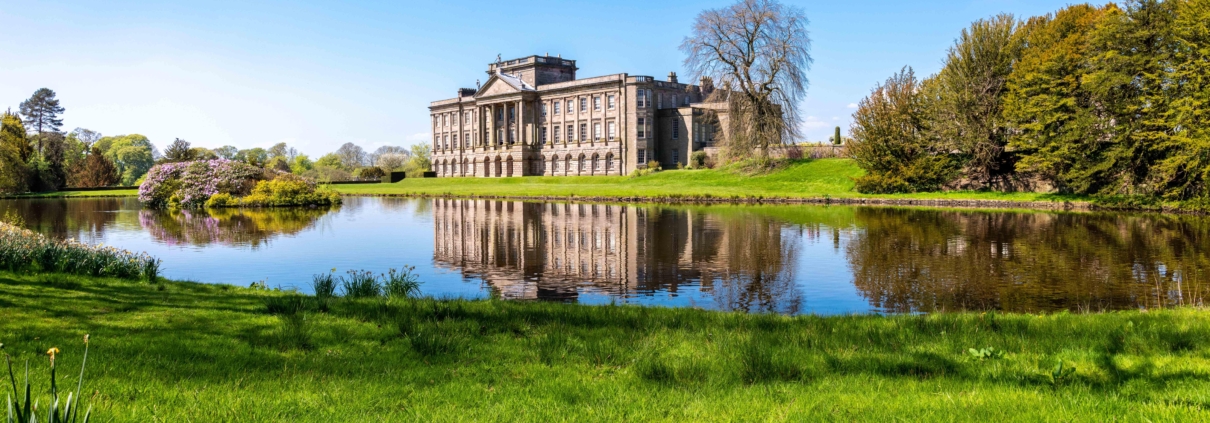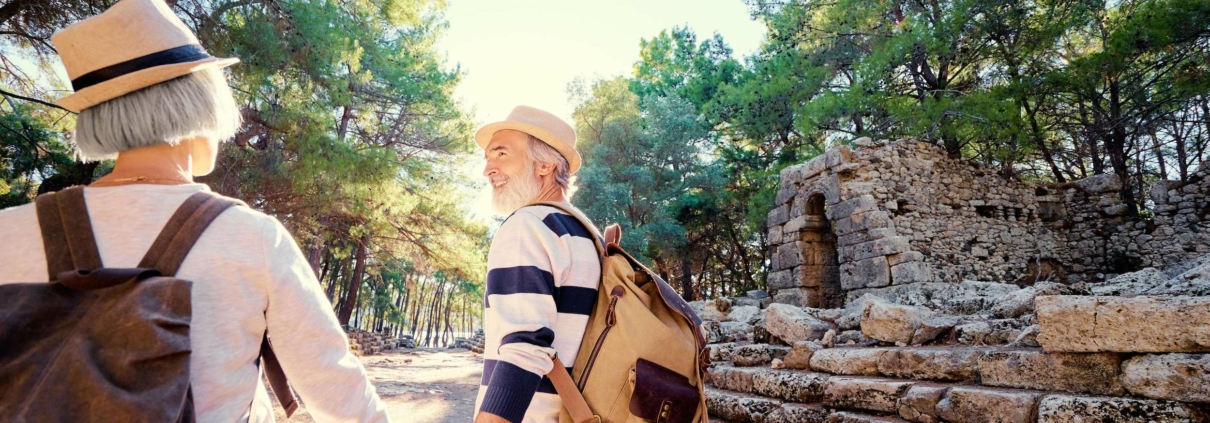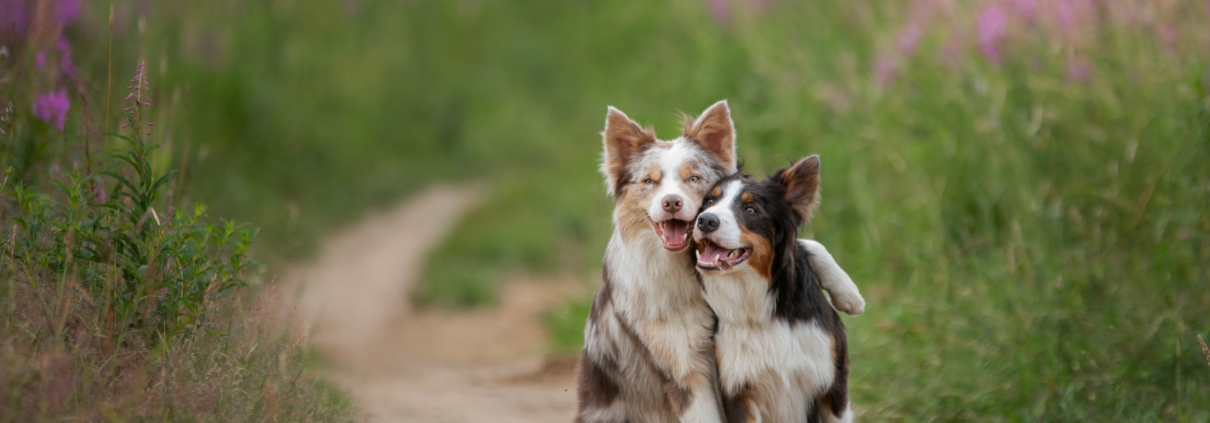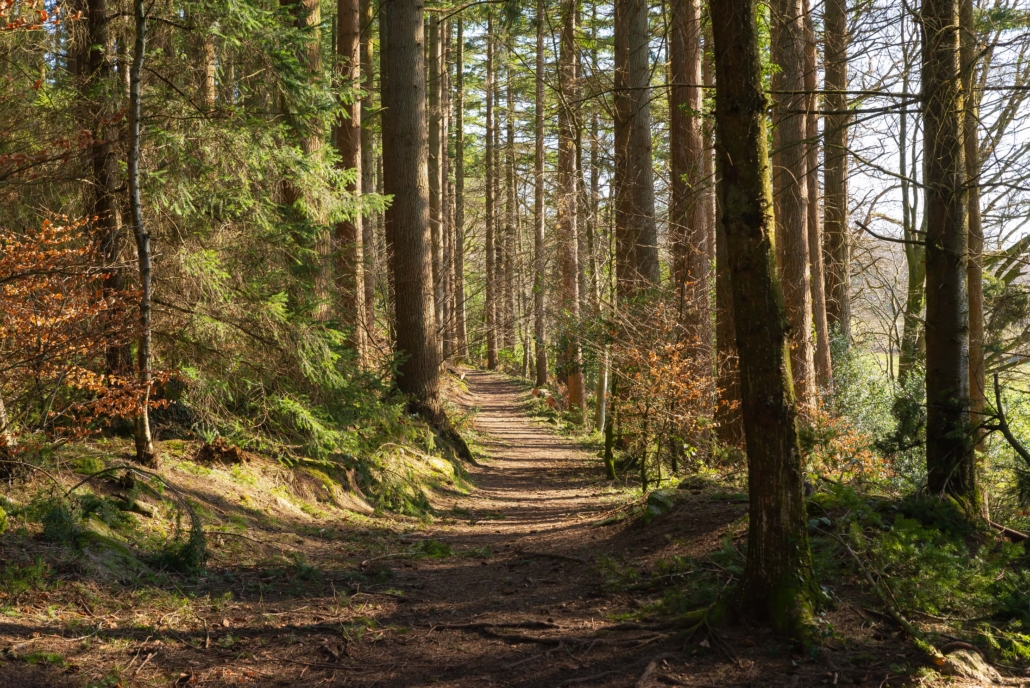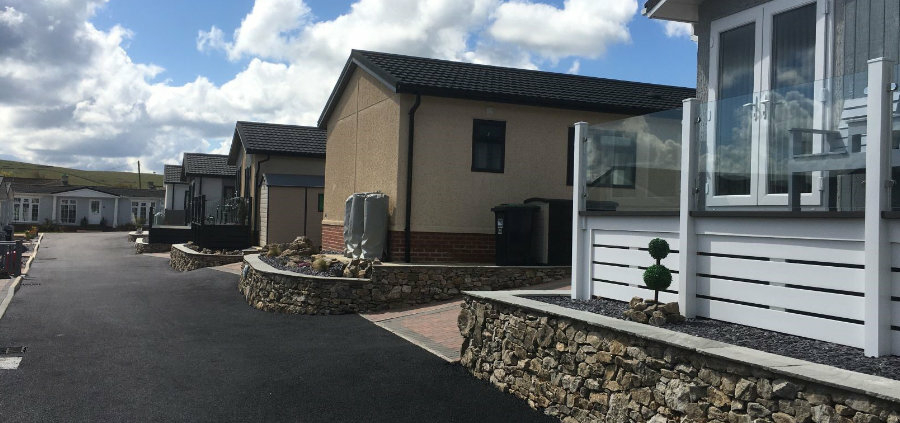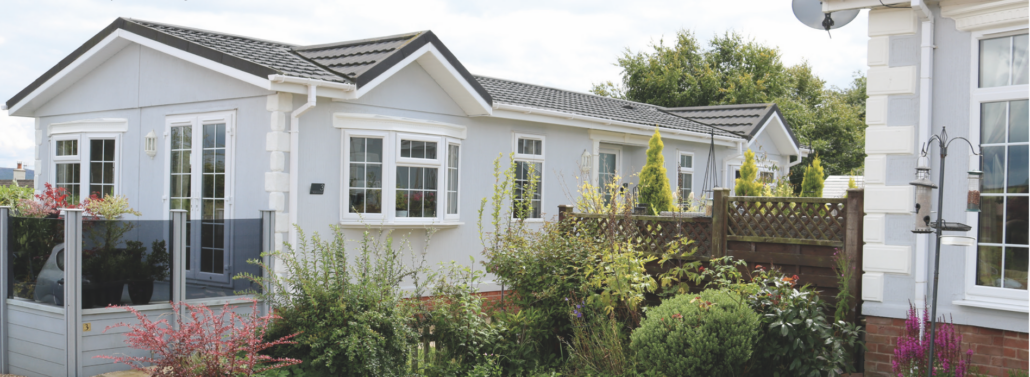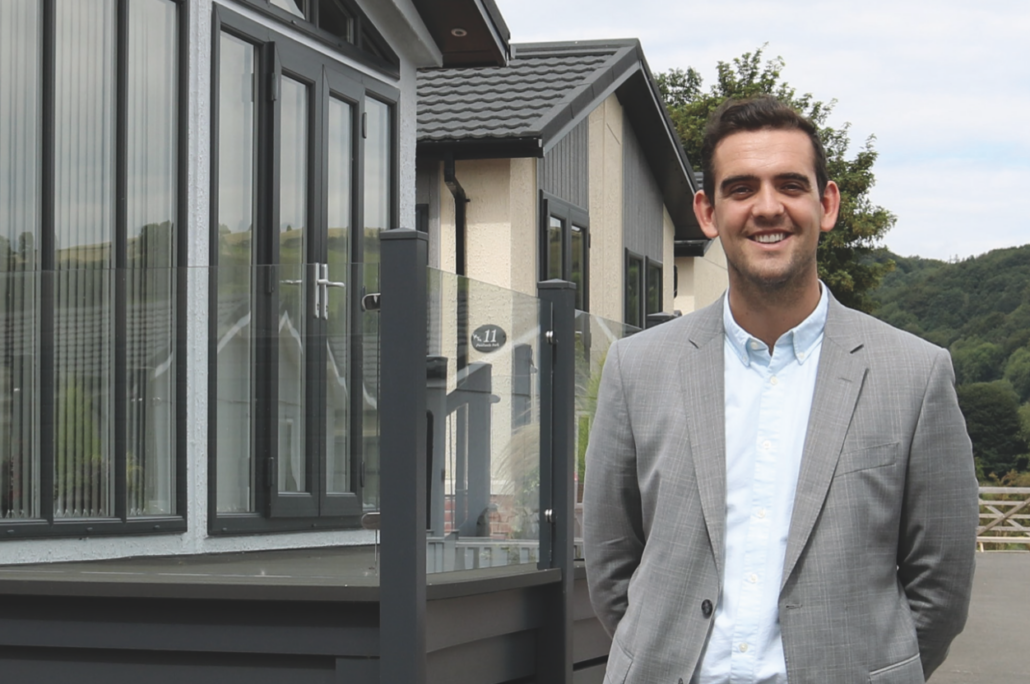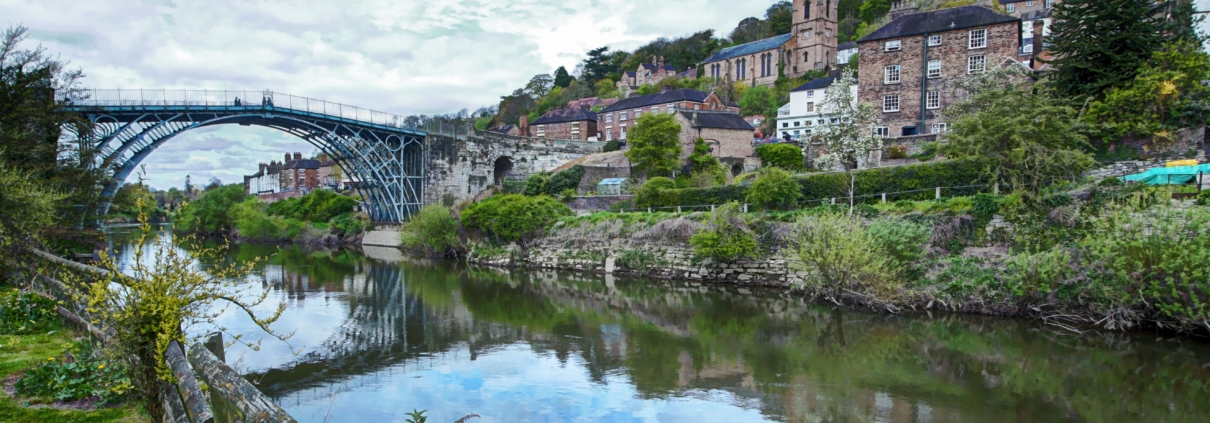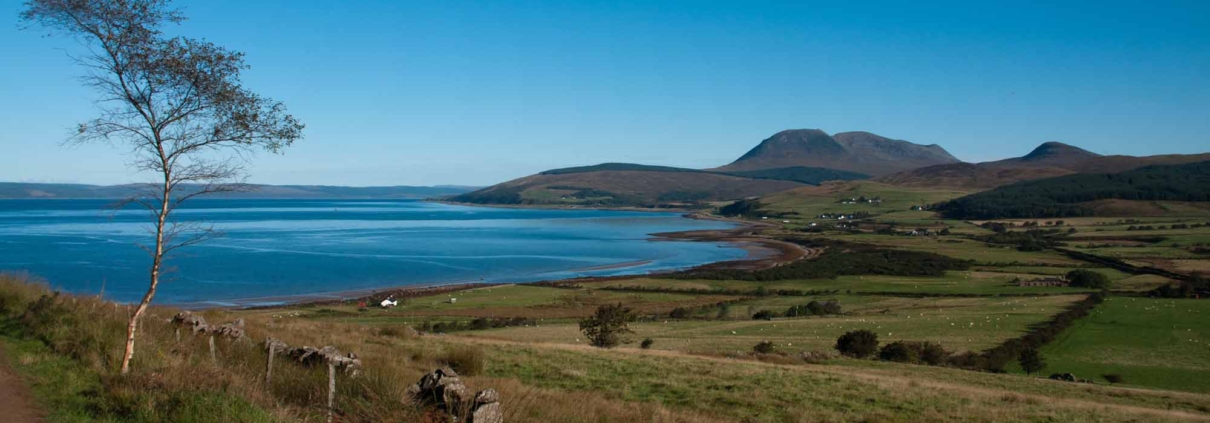Cheshire is one of the highlight regions of England, bordering north Wales and providing a captivating blend of rich history, stunning landscapes and cultural delights for visitors to experience. There are ancient castles and stately homes, vibrant cities with historic attractions, quaint villages and picturesque countryside. In short, there is something worthwhile to enchant anyone taking time out from our parks. Whether you’re at Western and looking for things to do in Sandbach or at Fairview and looking for things to do near Nantwich, Cheshire has plenty to keep you occupied. In this edition of our blog we’ll delve into a plethora of things to do in Cheshire – a must-visit destination.
Historic landmarks
If looking at old buildings to see how life might have been in eras past is your sort of thing, then you’ll find Cheshire has some real treasure to offer. There are wonderful locations where you can explore slices of British history.
Chester Cathedral
This Grade I listed masterpiece of medieval architecture boasts a rich history dating back more than a thousand years, with construction having taken place between the 10th and 16th centuries. All of the premier styles of medieval architecture, including Norman and Perpendicular, are present in the building, so it is visually very impressive. Visitors can marvel at its intricate Gothic design, explore the interiors and, in particular, enjoy the stunning stained glass windows. It is also possible to climb the tower and get a panoramic view of the city.
Norton Priory
This site, in Norton, Runcorn, is one of the most important monastic locations in Cheshire, and is the most excavated monastic site in Europe. Priory ruins date from the 12th to 16th centuries, and there is also an 18th-century country house. During your visit you can explore tranquil gardens and woodland walks, and marvel at the extensive museum collections (which include thousands of medieval artefacts, Roman remains and Tudor portraits). There is a free car park, a gift shop and a very pleasant café to enjoy.
Natural beauty
Delamere Forest
When you’re looking for a pastoral location to enjoy, a place where you can truly get away from the hustle and bustle, then Delamere Forest is perfect. There are miles of scenic trails with impressive towering trees and an abundance of wildlife to spot, including rare species such as red squirrels and adders. Nature lovers and outdoor enthusiasts will really enjoy Delamere. There are two routes marked out within the forest, so this is a suitable location for cyclists or mountain bikers.
Tatton Park
Set amidst approximately a thousand acres of parkland, Tatton Park near Knutsford is a haven for wildlife and a delight for visitors of all ages. It’s possible to explore the historic mansion and a working farm, wander through meticulously manicured gardens or enjoy a tranquil boat ride on the serene mere. You may even spot the resident deer herd during exploration of the park’s expansive grounds. There are over a hundred events and activities organised each year, including markets, trails and family fun activity days, so this is a great spot to keep everyone amused or entertain your family visitors.
Cultural gems
Lion Salt Works
Sited in the village of Marston, close to Northwich, Lion Salt Works opened in 2015 as a tourist attraction and has won several awards. Interactive exhibits and guided tours tell the fascinating story of salt production, the industry that once completely shaped Cheshire’s industrial, financial and social landscapes, here at one of the last remaining open-pan salt-making sites in the world.
Jodrell Bank
The iconic Lovell Telescope is sited here at Jodrell Bank, world famous observatory first established just after the end of World War II. Now a visitor attraction as well as a working scientific site, Jodrell Bank offers interactive exhibits where you can learn about the latest discoveries in space science, and marvel at the sheer scale of this world-renowned facility. There are often stargazing events which are worth signing up for, where expert astronomers guide visitors through the wonders of the night sky, and the Jodrell Bank compound sometimes stages rock concerts – in recent years performers have include Kraftwerk, New Order, Public Service Broadcasting and Bjork.
Famous connections
Adlington Hall
Rumour has long had it that the playwright Williams Shakespeare himself may have performed at the Adlington Hall during one of his travels, adding an extra layer of intrigue to this historic estate’s storied past. These days, you can explore the stunning interiors and beautifully manicured gardens, or you can lose yourself imagining the opulent gatherings and celebrations that have taken place within its walls over the centuries – maybe with old Bill in attendance too!
Lyme Park
Fans of Jane Austen’s Pride and Prejudice will recognise Lyme Park as the filming location for Pemberley, Mr. Darcy’s grand estate, in the 1995 BBC television series. Wander through the interiors and grounds and relive iconic moments from the adaptation. While you’re there, don’t miss the chance to take a formal tour, where knowledgeable guides share fascinating insights into Lyme Park’s history and connections to the Austen family.
Culinary delights
Cheshire cheese
No visit to Cheshire would be complete without sampling its most famous food export – Cheshire cheese. This crumbly delight is made from locally sourced milk and matured to perfection. Visit one of the county’s many farmers’ markets or delis to sample a selection of artisanal cheeses and discover the unique flavours and textures that make Cheshire cheese so special.
In conclusion, whether you are at Western in Sandbach or Fairview near Nantwich, there are plenty of attractions and activities a little further afield in Cheshire which will suit every interest and taste. From historic landmarks and natural wonders to cultural gems and culinary delights, this is the county with it all.

